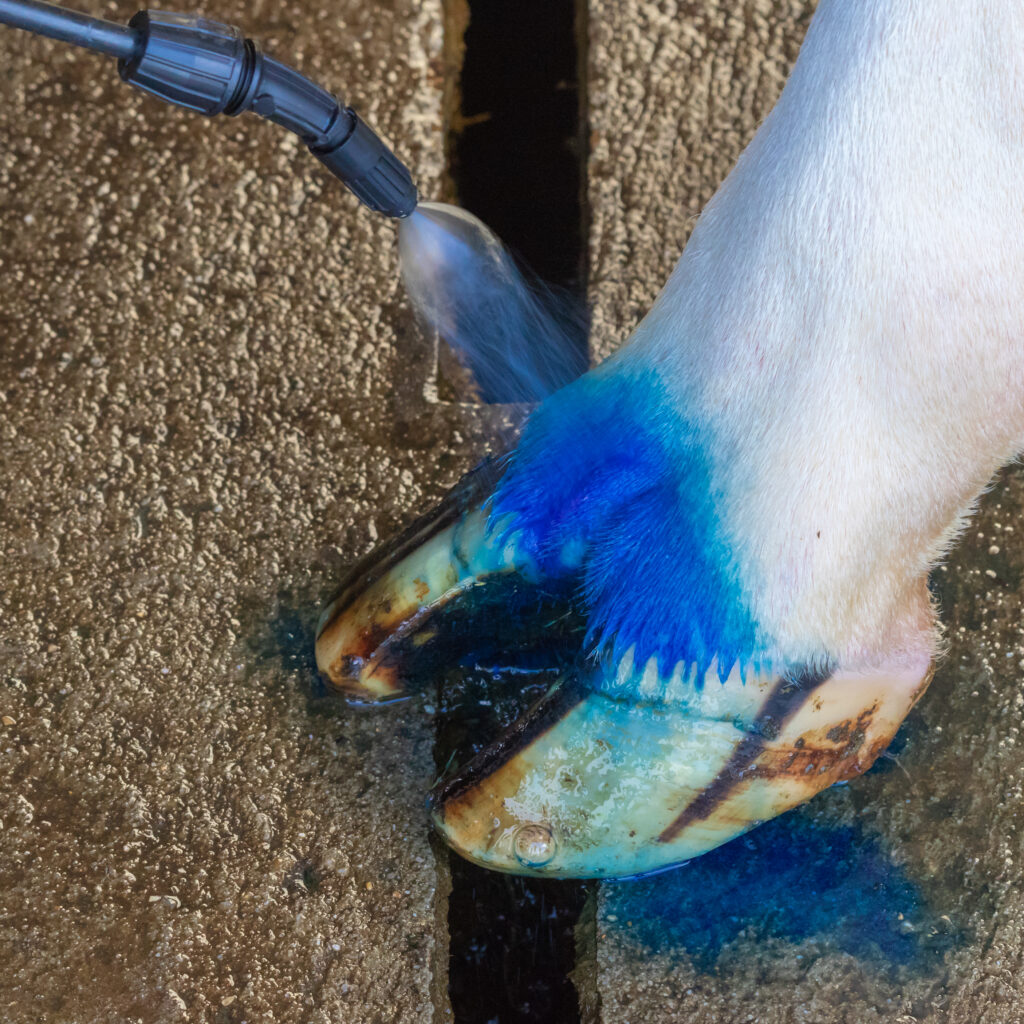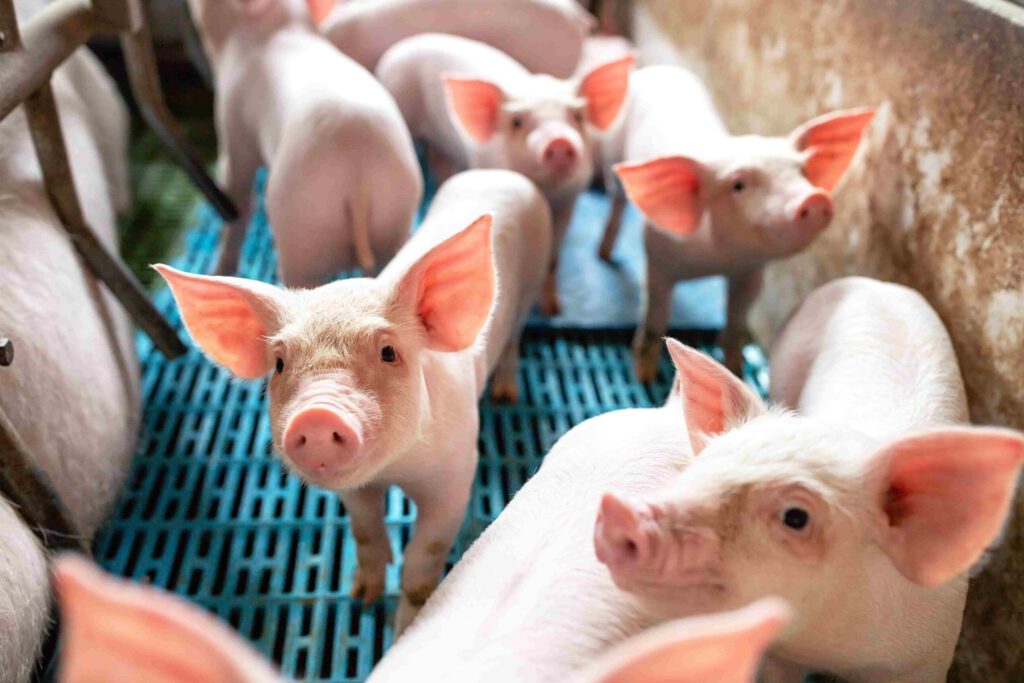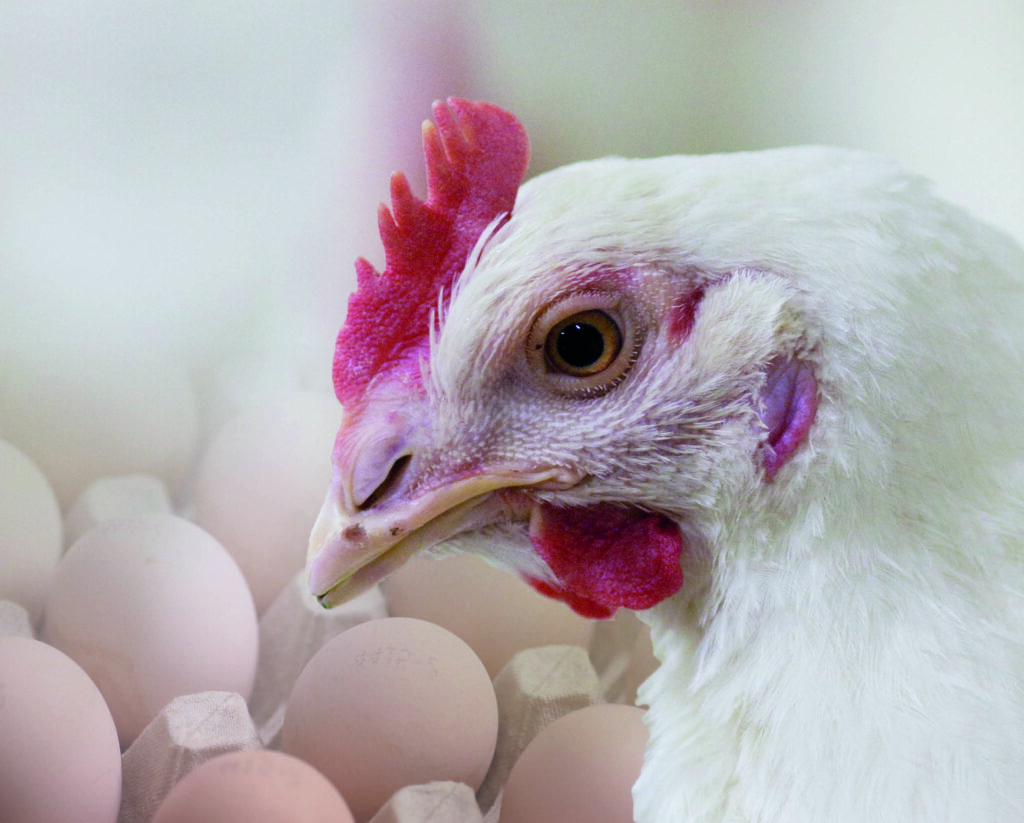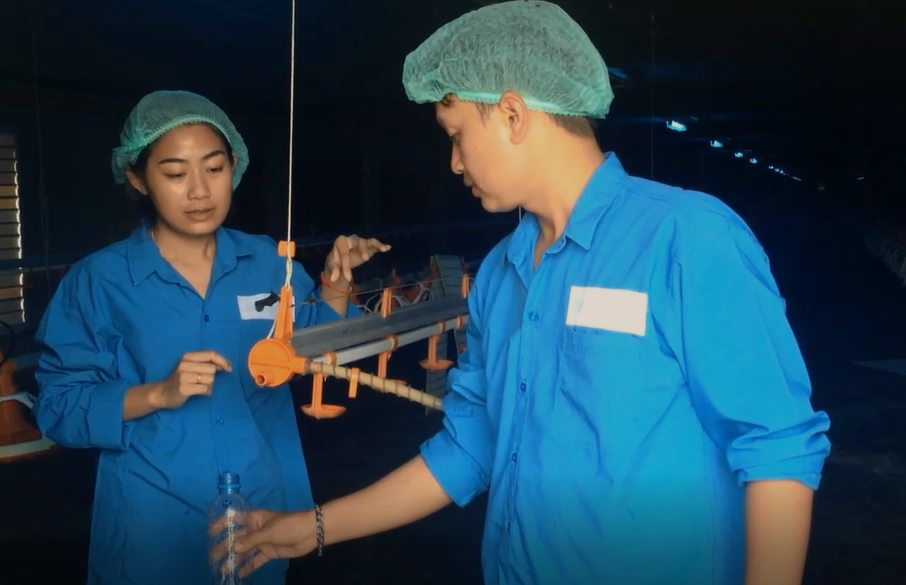Salmonella belongs to the family of Enterobacteriaceae. There are more than 2300 known Salmonella types of which Salmonella Enteritidis and Salmonella Typhimurium are most frequently associated with food-borne diseases within the EU. Human Salmonella Enteritidis cases are mainly caused by the consumption of contaminated eggs and poultry meat while Salmonella Typhimurium infections are mostly due to the consumption of contaminated pork, beef and poultry meat.
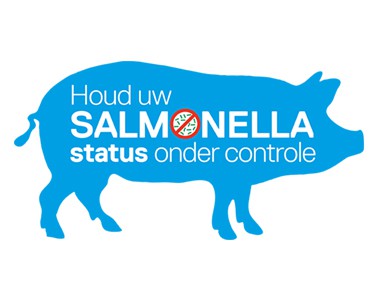
Although the actual contribution of pork associated Salmonella infections in humans varies between countries, it is believed that 20%-30% of human infections caused by Salmonella typhimurium originate from pigs or pork products. Therefore, food safety of pork products has become a major concern over the years.
Looking for the source
Salmonella is therefore a problem, not only for public health but also for livestock farming. But how do we know, or rather measure, on which farms this problem occurs, the extent to which salmonella occurs and perhaps most importantly: where the salmonella comes from?After all, the solution often lies at the source. In the Netherlands, monitoring for Salmonella takes place by means of blood samples. Every 4 months 12 blood samples are taken from each farm on the slaughter line. These blood samples are then subjected to an OD measurement, which expresses the level of antibodies against Salmonella as a measure of the contamination in an OD value (%). The higher the OD value, the more Salmonella antibodies are present in the blood serum. These OD values are then also used to classify a farm into one of three categories
The category classification
The category classification is a measure of the risk that the fatteners on the farm are infected with Salmonella:
Category 1: low risk
Category 2: moderate risk
Category 3: high risk
It is important to realise that blood testing only tells us something about the risk of Salmonella contamination during the slaughter process within a certain population. It never determines whether an animal is sick or excretes Salmonella sub-clinically. There is no SPF status for Salmonella which means we are managing. However, environmental samples can be used to provide insight into the Salmonella status on a farm. This method is also not quantitative but it does show where the source is.
Salmonella can be everywhere. People, vermin and pigs, but also dogs or cats on a farm can all be carriers of Salmonella and cause introduction. Salmonella can also live and survive in the stables, tools, equipment etc. as well as in the manure. Due to high quality requirements for contemporary feed, introduction via the feed is almost impossible.
Measures against Salmonella
There are several measures which can be taken to keep the risk of Salmonella low. Introduction can be prevented by good farm hygiene, including visitor control, water and barn hygiene and by good pest control. In addition, farm management factors such as moving piglets into the farrowing house, mixing meat pigs, walking routes, department-specific clothing etc. also play an important role. Finally, acids can contribute to the management of Salmonella, both via the drinking water and via liquid feed. It is important to pay attention to all these points, a multifactorial problem requires a multifactorial solution!
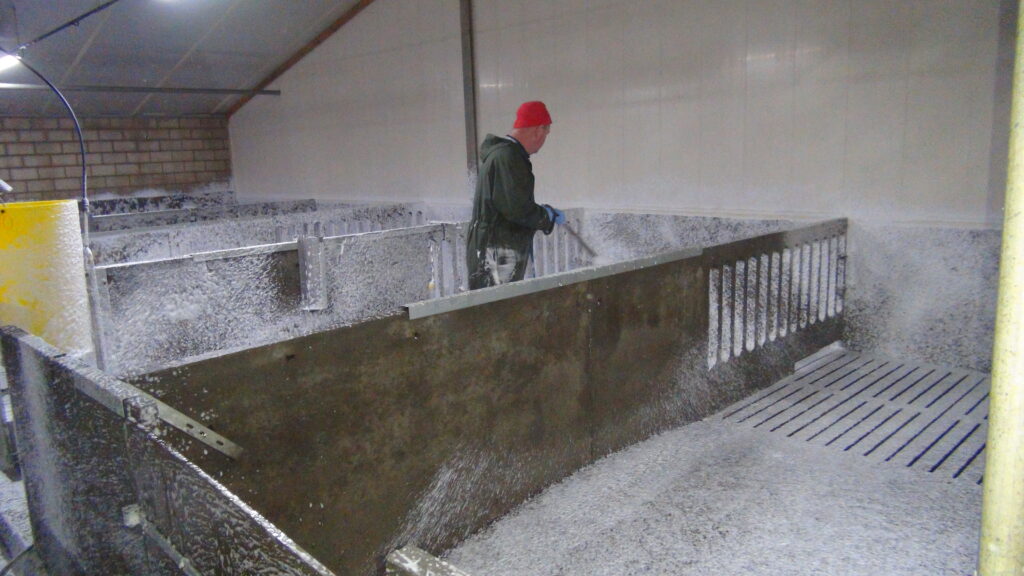
More information
Would you like more information about the different measures against Salmonella? Please contact us by calling 0499 -425 600 or send an e-mail to mailto:info@kanters.nl
